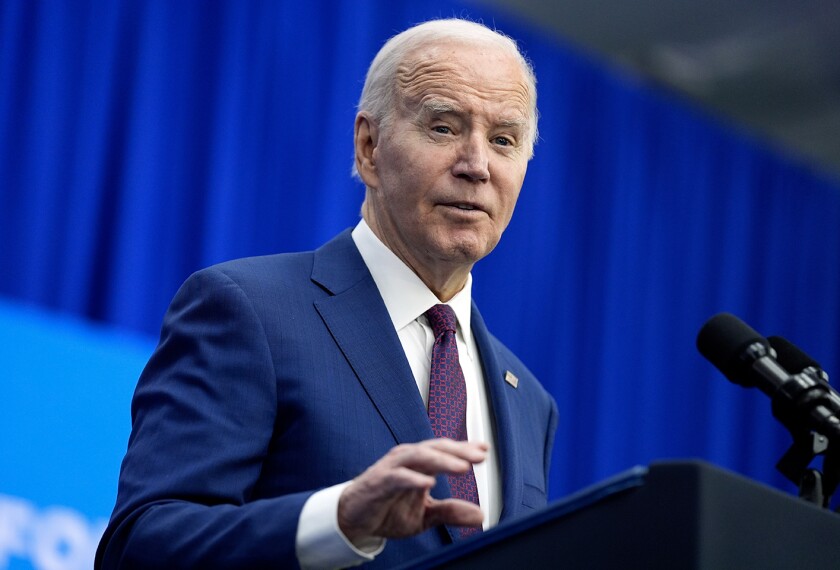State and local education leaders should prioritize the mental health needs of students in spending the money they’re getting to improve school safety and climate, according to a Center for American Progress report.
The report provides recommendations on how school districts should dole out money from the Bipartisan Safer Communities Act, which became law in June in response to mass shootings like the one at Robb Elementary in Uvalde, Texas, earlier this year.
Aside from adding new gun restrictions, the law provides $1.24 billion to expand access to school-based mental health services, $50 million to help schools more easily bill Medicaid for those services, $1 billion to improve school health and safety, and $50 million to improve access to out-of-school programming.
School shootings often spark conversations about “hardening” schools through implementing physical security measures, but creating an environment where students feel safe sharing concerns or reporting potential threats is more crucial for keeping schools safe, according to experts.
Schools should use the Bipartisan Safer Communities Act funding to “holistically support the physical and mental health of communities and schools both inside and outside of the classroom,” according to the report.
Expand access to school-based mental health services
First, schools need to address the increase in youth mental health needs by providing adequate access to mental health providers.
The report found that 14 million students attend schools staffed with law enforcement personnel but no counselors, nurses, psychologists, or social workers. And most states do not meet the provider-to-student ratios recommended by professional associations for school-based mental health providers.
The report highlights four grant opportunities in the Bipartisan Safer Communities Act that schools should use to help improve access to mental health services for students:
- Project AWARE (Advancing Wellness and Resiliency in Education), which schools can use to improve students’ awareness of mental health issues, improve access to school- and community-based mental health services, and train school staff on responding to trauma and mental health needs;
- Mental Health Services Professional Demonstration, which focuses on increasing the pipeline of trained and credentialed school mental health professionals by supporting partnerships between higher education institutions and local educational agencies;
- School-Based Mental Health Services, which schools could use to improve recruitment and retention by providing incentives, such as higher pay;
- Medicaid billing improvement grants, which would help to ease the administrative burdens of the billing process for schools.
Garden City Union Free School District Superintendent Kusum Sinha told Education Week that if her district gets any funding from the Bipartisan Safer Communities Act, she would use it to expand the work they’re already doing to address students’ mental health needs.
The 4,000-student school district, located outside of New York City, is in its second year of a partnership with local nonprofit health care provider Northwell Health. Northwell created a behavioral health clinic within the school district’s boundaries, so that if a student has an urgent mental health need, parents can easily take them to the clinic instead of going to a general emergency room. Northwell also provides training for educators to help children who might be dealing with depression or anxiety, conditions which can affect school attendance, Sinha said.
“The more connections we make with our students, the more they’re engaged in learning in our schools and engaged with us,” Sinha said. “The more connected they are, then they’re eager to come to school. They’re eager to ask for help. They know school’s a safe place. They know they can go to a social worker or psychologist or classroom teacher.”
Invest in after-school learning opportunities
The report also suggested providing more after-school learning opportunities “to meet children and youth where they are” and offering mental health services and referrals through after-school settings.
Student participation in after-school programs has been linked with an increase in academic achievement metrics and healthy life choices, according to research. But after-school programs are not reaching enough students and communities who need them.
Funding from the Bipartisan Safer Communities Act should go to “organizations that look like the communities they serve and provide culturally relevant and specific programming,” the report said.








